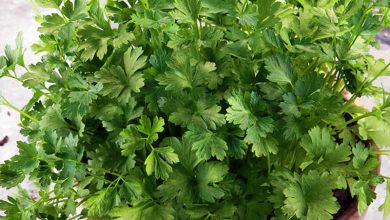Fertilize for Flowering: How, When and How Much? – Sow100
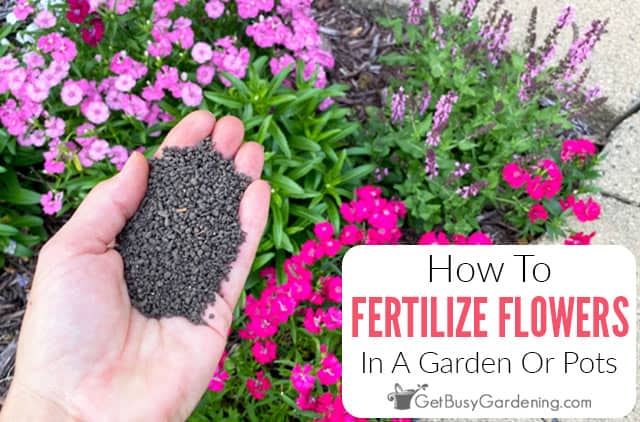
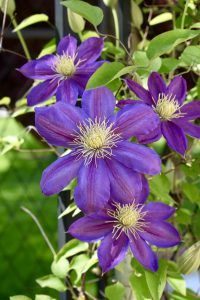 Flowering plants require special treatment in terms of fertilization to complete their flowering stage.
Flowering plants require special treatment in terms of fertilization to complete their flowering stage.
This is key to ensure the production of flowers with better characteristics and that, in some cases, can carry out several cycles during the same period.
There are commercial sales fertilizers that are specific to carry out this task and there are also homemade alternatives that have a profitable percentage of efficiency.
In order for the entire process to work effectively, we must catch up on what this topic implies and that is exactly what we will do next. Are you coming?
Why is it necessary to pay during the flowering process?
Flowering is a natural process in the life cycle of plants, but it involves significant energy expenditure. Faced with this reality, the only way that exists to help plants to be in better condition is with the application of appropriate fertilizers.
These fertilizers must be oriented to this particular task to promote more numerous flower buds and better-looking flowers.Take into account that the nutritional level of a flowering plant influences aspects such as: the color, the number of flowers, the little fall of unopened buttons, among others.
It is also important to differentiate that a subscriber to the plants will improve their conditions, but it will not ensure a spectacular flowering if it is not oriented to this end.
How to improve the flowering of plants?
 The flowering of the plants can be improved by maintaining the care that is recommended according to each species.
The flowering of the plants can be improved by maintaining the care that is recommended according to each species.
Although it is possible to speak in a general way of flowering plants, it is necessary to ensure that each type of plant enjoys the optimal growing conditions.
For example, there are cases where flowering plants need to maintain acidic soil to be healthy. Then, the supply of nutrients through the fertilizer must ensure that the pH levels remain adjusted to this requirement.
On the other hand, it is necessary to know that there are factors that harm the level of nutrients contained in the substrate. These are:
- Irrigation: as the plants are watered, the nutrients are mobilized by the action of the water particles, which leads to a certain part being lost. This happens more specifically in flowering plants that are planted in pots.
- The sun: direct exposure to sunlight compromises the nutritional value of the soil at some level, so it is necessary to assess this situation when proceeding with the fertilizer, preferring the afternoon or early morning hours.
- The substrate: the substrate is a factor in itself that intervenes in the productive capacity of a flowering plant and that is modified by the action of fertilizers. In a substrate that is fertile, the contribution of fertilizer will improve it even more. In addition, it is necessary to take into account that when they are planted in the garden, the plants have a greater opportunity to find nutrients than those that are planted in pots.
What is the best fertilizer for flowering?
The best fertilizer to promote flowering is the one that is specially designed for flowering plants.However, studies on this matter have led to the formulation of new fertilizers that are ultra-specific because they are adjusted to each species.
In this way, it is possible to find fertilizers for rose bushes or fertilizers for hydrangeas, just to mention a few types. The important thing is that they are fertilizers with a higher level of potassium, taking second place to phosphorus and, finally, to nitrogen.
Similarly, you should have balanced micronutrients.
What nutrients does a plant need for flowering?
In the flowering process of plants, the main element they need is potassium (K) because it is the one that will help increase the number of specimens.It is also essential to have a good amount of phosphorus (P), as it helps to strengthen new structures.
In certain types of plants, calcium (Ca) levels must be taken care of. And, to ensure a good color, iron (Fe) must be considered as an essential nutrient. At this point, nitrogen (N) doesn’t need as much abundance because it would be more concerned with promoting foliage growth than with the flowers themselves.
How to make fertilizer for flowering plants?
If commercial fertilizers are not your thing and you prefer to explore the results offered by homemade fertilizers, here we leave you a series of options.
wood ash
 It is one of the most interesting sources of potassium and phosphorus that we can record in this case.
It is one of the most interesting sources of potassium and phosphorus that we can record in this case.
To prepare them, it is only necessary to burn some pieces of wood until they are ashes and then dilute those ashes in water.
The next step? Pretty simple. Only water the flowering plants with this ash water, taking care that it is at room temperature.
banana tea
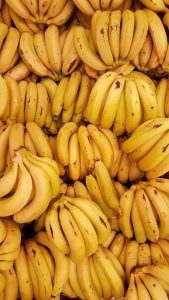 If we are talking about kings of potassium, the banana is one of the main representatives and we can take advantage of it to transfer these potentialities in flowering.
If we are talking about kings of potassium, the banana is one of the main representatives and we can take advantage of it to transfer these potentialities in flowering.
To make the infusion, simply boil the banana peels for 15 to 20 minutes.
You will have to strain that mixture later and wait until it reaches room temperature to proceed to water your plants with it. During the flowering time you can use the tea on a regular basis, approximately once a month.
Fertilizers for flowering have the important mission of helping plants to be more productive and you to be happier with your specimen.
Achieving this goal will not be anything that will cause you headaches if you take into account the recommendations that we gave you here. In addition, you do not need to spend a large amount of money because you have the possibility of taking advantage of homemade fertilizers for flowering or commercial ones that are not very expensive.
Of course, remember that not because you pay more, the plants will produce more flowers. You have to act with balance to protect your health.
Bibliographic references
- Response of young olive trees to phosphoric nutrition and its influence on flowering, MJ Jiménez Moreno – 2017 – helvia.uco.es
- Integrated management of fertilizers and organic manures in maize cultivation, JD Ávarez-Solís, D Gómez-Velasco, NS León-Martínez … – Agrociencia, 2010 – scielo.org.mx
- Behavior of three green manures and their yield in maize, R Ramírez – Agronomia Tropical (Venezuela).(Jan, 1972 – sidalc.net
- Influence of some chemical products and moments of application, on the flowering of pineapple (Ananas comosus L. Merr) cultivar Española Roja, R Iglesias – 1985 – sidalc.net
- Foliar nutritional status of three mango cultivars fertilized with organic fertilizers, N Peralta-Antonio, AE Becerril-Román… – Idesia (Arica…, 2015 – scielo.conicyt.cl
- Use of three organic fertilizers in the development and production of three varieties of pepper (Capsicum annuum) in the El Empalme canton, AM Vera Santana – 2015 – repository.uteq.edu.ec

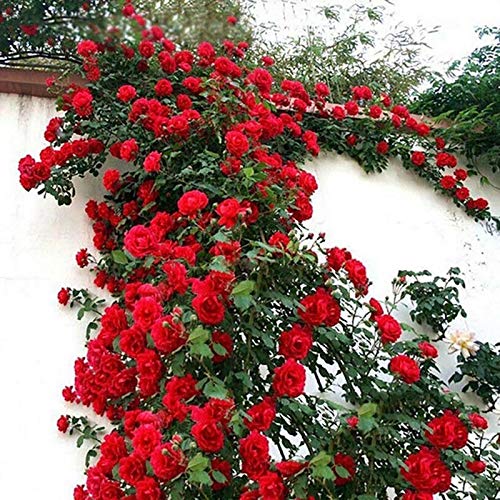

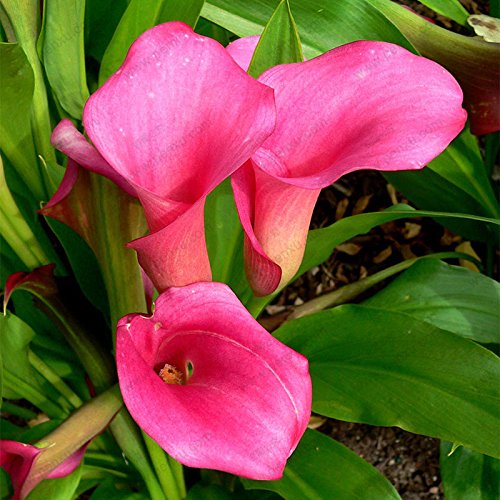

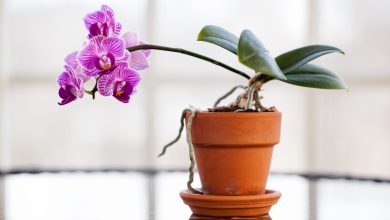
![Photo of Dandelion: [Cultivation, Irrigation, Care, Pests and Diseases]](https://www.complete-gardening.com/wp-content/uploads/2022/08/dandelion-cultivation-irrigation-care-pests-and-diseases-390x220.jpg)
